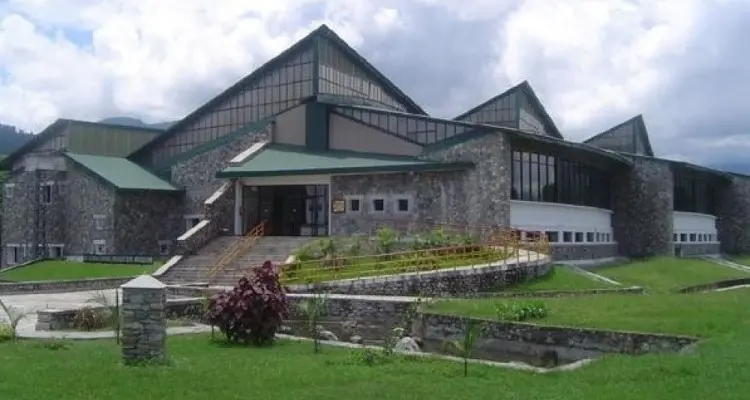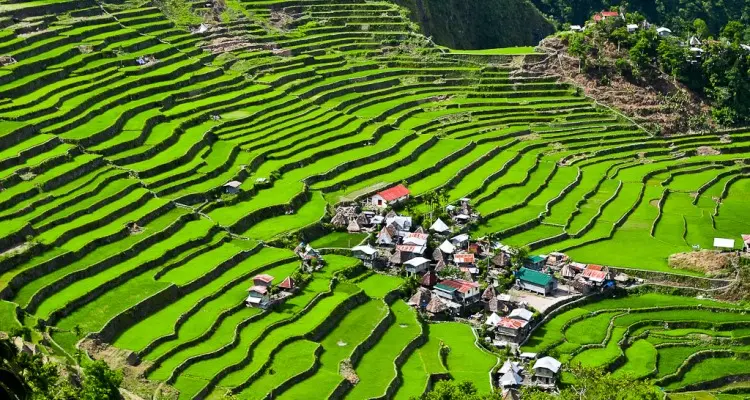International Mountain Museum: A Marvel Amidst Peaks
History
In the heart of the city of Pokhara, Nepal, sits a grand edifice dedicated to the mountains of the world, the International Mountain Museum (IMM). Ever since its establishment in February 2004 by the Nepal Mountaineering Association, the IMM has been a tribute to the mountains and the men and women who have dedicated their lives to understanding and exploring them.
The museum’s conception dates back to the 1970s when a group of mountain enthusiasts and scholars felt the need for a centralized repository of knowledge on mountain geography, culture, and history.
Through years of painstaking effort and support from the Nepalese government, international organizations, and numerous passionate individuals, the IMM gradually took shape. From an initial modest collection, it now houses thousands of exhibits and stands as a testament to mankind’s enduring fascination with mountains.
Why Visit
The International Mountain Museum is a unique blend of education, culture, adventure, and inspiration. It offers a comprehensive look at the intricate relationships between mountains and the people living in and around them, transcending geographic boundaries and cultures.
Visiting the museum is a journey through the beauty, challenges, and resilience of mountain ecosystems and communities. The IMM goes beyond just the mountains of Nepal; it focuses on major peaks worldwide, showcasing the rich biodiversity and unique cultures that call these high-altitude landscapes home.
The museum also holds a unique allure for adventure enthusiasts, given its detailed exhibition of mountaineering history, artifacts, and inspiring accounts of legendary mountaineers. IMM is an invaluable resource for anyone interested in mountain climbing, geology, geography, or anthropology.
Location and Route
The International Mountain Museum is located in Ratopahiro, Pokhara, Nepal, a country known for its stunning mountain landscapes, including eight of the world’s ten tallest mountains. The museum is conveniently situated 6 km south of Pokhara’s city center, making it easily accessible by road.
Pokhara is well connected to Kathmandu, Nepal’s capital, via air and road. Daily flights operate between Kathmandu and Pokhara, a journey of about 25 minutes. Alternatively, one can take the Prithvi Highway, a scenic seven-hour drive through the heart of Nepal. From Pokhara city center, it is a short taxi or bus ride to the museum.
When to Visit
The museum is open year-round, but your experience can be significantly enhanced if you combine it with a visit to the nearby Himalayan peaks. The best times to visit Pokhara, and by extension, the IMM, are during the autumn months (September to November) and spring (March to May). During these times, the weather is generally clear, providing fantastic views of the surrounding mountains.
The museum is open from 9:00 AM to 5:00 PM in summer (March to November) and from 9:00 AM to 4:00 PM in winter (December to February), with the last ticket sale occurring an hour before closing. It is closed on Tuesdays.
What to See
The International Mountain Museum is a treasure trove of exhibits divided into various sections.
In the ‘Mountain People Gallery,’ you can learn about the world’s 14 peaks over 8,000 meters, including Mount Everest. It showcases models of famous peaks, descriptions of indigenous and migratory populations, and the changes in climatic, environmental, and socio-economic conditions in mountain regions.
The ‘Hall of World Mountains’ showcases the world’s mountain system, while the ‘Mountain Activities’ section provides an extensive history of mountaineering and major climbing routes.
The ‘Hall of Fame’ is dedicated to the mountaineers who have summited Everest since Sir Edmund Hillary and Tenzing Norgay first achieved the feat in 1953. Here, visitors can immerse themselves in riveting accounts of their climbs, providing a unique insight into the challenges and triumphs of reaching the world’s highest peak.
The museum also boasts an impressive ‘Mountain Art Gallery,’ exhibiting artwork inspired by mountains and their diverse landscapes.
Outside, the museum has a 21-meter artificial climbing wall named after Mt. Manaslu, designed for beginners and professional climbers alike.
In conclusion, the International Mountain Museum is an enriching experience that invites you to journey through the mountains of the world without leaving its halls. From its deep understanding of mountaineering history to its fascinating exhibits and interactive experiences, it is a must-visit attraction for anyone visiting Nepal.



